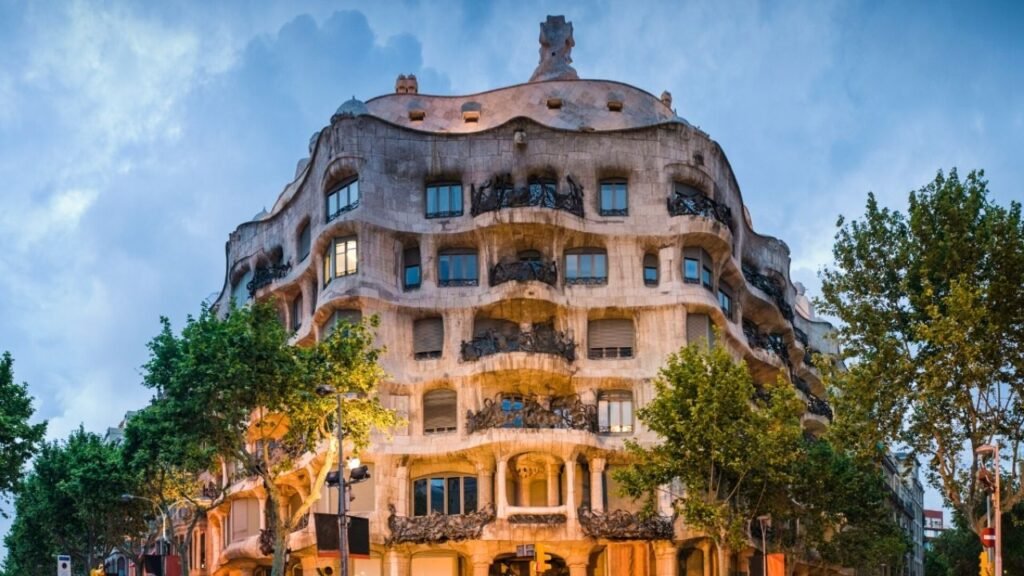The Problem Of Excellent Architectural Structures.
The first zero-energy construction of Scott Shell, FAIA, architect, and director at EHDD San Francisco in 2000. He thought he was looking at the future right before his eyes. He thought. He thought every building would be constructed in the same way in ten years. He has been a high-performance, zero-energy building expert for years now, who generates the same amount of energy on-site as they consume in a year. On the other hand, his vision still has to be realized.
The number of zero energy buildings on-site solar remains limited compared with the need to reduce emissions. The New Buildings Institute database lists only a few hundred of these structures. Since the construction of Shell’s first such structure, renewable energy became more popular with lower costs and increasing output at previously undeniable rates. In the past decade, the costs of solar power have decreased 82%, while in the next five years another 17% is expected to fall. This disparity—incremental growth in zero-energy buildings as green energy production accelerates—constructs a major barrier to larger carbon removal goals.

By Shell!
“I put solar on my house because it makes economic sense and it’s a smart thing to do,” Shell says. “But for many of my projects, it doesn’t work. There just isn’t enough roof space or site area available to generate [all necessary energy] on-site
Green design and development standards have all evolved in the same direction, promoting the architecture and construction industry to commit itself to carbon emissions reduction and elimination. In the case of zero-carbon constructions, the Zero Code was created and promoted by Architecture 2030. It is the extreme case, the movement’s spike. However, we often ask for buildings to do all we can to be outstanding designs and sustainable technological masterpieces in our pursuit of more sustainable buildings.
The push toward electric buildings and generating renewable energy means cost savings, as well as local control and resilience, while it is about ideas of sustainable management.

“This democratizes sustainability,” says Shell.
Written By Mahak Jain | Subscribe To Our Telegram Channel To Get Latest Updates And Don’t Forget To Follow Our Social Media Handles Facebook | Instagram | LinkedIn | Twitter. To Get the Latest Updates From Arco Unico



